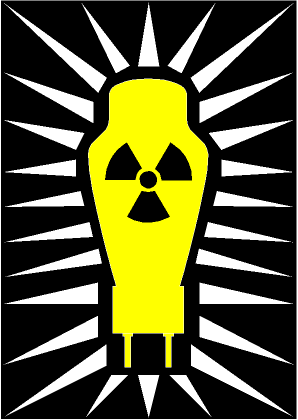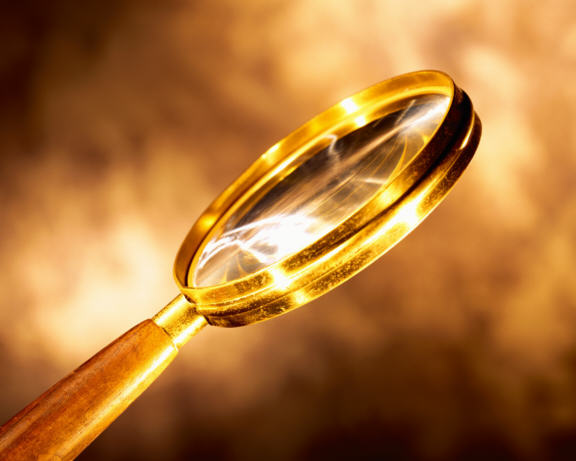| John Broskie's Guide to Tube Circuit Analysis & Design |
|
01 April 2008
It's Time to Get Serious Of course, many manmade-global-warming deniers scoff at the idea that little 12AX7s can melt icecaps, but they fail to recognize some of the new research by Marxist climatologists, who point out the hegemony of rich, predominantly male, audiophiles extravagantly and wastefully using up the Poor’s limited access to gold, silver, Teflon, and bee's wax, and whose transgression, amazingly enough, has failed to prompt a proper remorseful awareness of having done someone wrong. In other words, it’s not just the planet that has suffered, but the social stratum least able to afford the luxury of 300B-filled power amplifiers. Because so few tube-loving audiophiles have been willing to “go cold,” to embrace efficient class-B and class-D, solid-state power amplifiers, expect new national legislation and international treaties to restrict the wanton use of vacuum tubes on mere personal entertainment. If only tubes weren’t so guilty. If only they didn’t rely on thermionic emission, as the power to heat filaments and heater elements is grossly wasteful of energy. If only point emission was both cheaper and more reliable. Unfortunately, baring any new breakthroughs in nanotechnology, hot cathodes will always be with us. But maybe, just maybe, we can develop a vacuum tube that is more earth-friendly. For example, what if the cathode could be heated without taxing the power station? What if the cathode could derive its heat from nature itself? In order for a cathode to emit electrons, it must be plenty hot. Right now, running high current through a heater element is convenient, but it is not necessary.
For example, the cathode could jacket a small amount of atomic waste, which otherwise is just a liability. Moreover, the lead casing would hold wonderful sound damping qualities. (Besides, most serious tube-loving audiophiles are past the child-producing age.) One problem with a lead-jacketed tube, however, is creating a safe and environmentally-correct method of disposal. Thus, different approach, such as a wind-powered heater element, might be a better track to follow. My own suggestion is that a solar-powered cathode would be near ideal. Solar-powered? Who hasn’t used a magnifying glass to start a fire. Well, why not aim the focused beam of light at a cathode. Given a big enough lens, even 845s could be made solar powered. No doubt some are balking at the idea of having to affix many magnifying glasses to an amplifier’s chassis, but who said anything about the magnifying glasses having to be external to the vacuum tube?
Tubes are already made from glass, so it would not take much effort to incorporate a large lens on the tube’s glass envelope. True, the amplifier would always have to face a sunny window and overcast days would be doubly dreary. And sure many would find the appearance of a triode bent over, rear pointing up, like a naughty boy awaiting a good spanking, unseemly. But it’s the planet that’s at stake here; just tell any critic, “So you do want the polar bears to die,” which always silences any further debate. A few technical issues remain to be solved. For example, the sun moves across the sky, so the solar-powered tube will have to track that movement. One possibility would be to use two black rubber bands to hold the amplifier in position atop a lazy Susan. This way, as one band receives more sunlight it will contract, tugging the amplifier in the direction of the sun, until the other rubber heats equally, fixing the amplifier position for optimal sun capture. Nonetheless, I am sure that with sufficient government funding, I could come with even better—much more expensive and elaborate—workarounds.
;} JRB
|
High-quality, double-sided, extra thick, 2-oz traces, plated-through holes, dual sets of resistor pads and pads for two coupling capacitors. Stereo and mono, octal and 9-pin printed circuit boards available. Aikido PCBs for as little as $24 http://glass-ware.stores.yahoo.net/
Support the Tube CAD Journal & get an extremely powerful push-pull tube-amplifier simulator for TCJ Push-Pull Calculator
TCJ PPC Version 2 Improvements Rebuilt simulation engine *User definable
Download or CD ROM For more information, please visit our Web site : To purchase, please visit our Yahoo Store:
|
|||
| www.tubecad.com Copyright © 1999-2008 GlassWare All Rights Reserved |





























